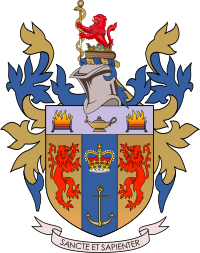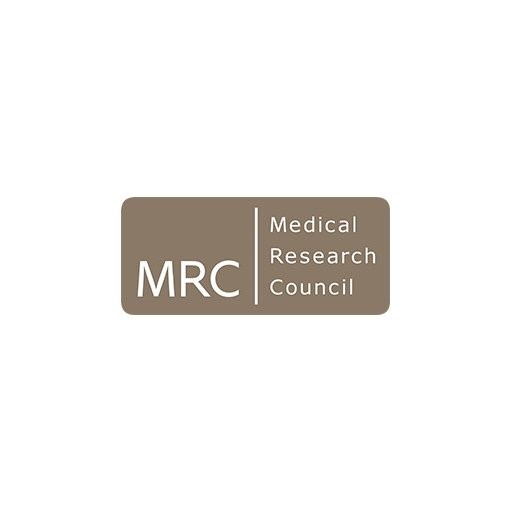Introduction
Examined Causal mechanisms behind intergenerational transmission of nutritional choices and their association with metabolic risk indicators
Participants
- 152 Female Twins
- 152 Offspring from COTASS-2 were followed up
Funders
Objectives
- Establishing new collaborations between research institutions in
Sri Lanka - Development of a Sri Lankan specific food composition database
- Developing skills in Macro and Micro element analysis in Food and Biological samples
- Statistical genetics skills development
- Patient and Public Involvement and Engagement (PPIE)
- Conducting a pilot study
Description
Low- and middle-income countries (LMICs) globally have undergone rapid urbanisation, and changes in demography and health behaviours. Whilst life expectancy at birth for many LMICs has improved, disease burden from non-communicable diseases, and years lived with disability have risen.
In Sri Lanka, the setting for this proposed work, cardio-vascular disease is the leading cause of mortality (one in ten Sri Lankans has diabetes), and an exponential increase in hospitalisations is seen for these diseases. High prevalence estimates of cardio-vascular risk factors, including hypertension (18-20%), dysglycaemia (14-20%) and obesity (9-36%) have been reported.
Nutritional and dietary choices are key modifiable risk factors for both cardio-vascular disease and diabetes as well as their risk factors. However, looking at genetically sensitive study data, we know that they are heritable influenced behaviours but also that the genes associated with nutritional/dietary preferences are also correlated with the genes that influence metabolic risk. We also know that dietary choices are transmitted across generations: poor diet in parents causes poor eating behaviours in children which then lead to cardio vascular disease in the next generation. However, it is not clear what the mechanism of this effect might be: is it due to a direct behavioral impact or due to transmitted genetic factors and other family level variable like SES that can cause the association, and can we disentangle these effects?
There are different routes through which transmission may occur. First, the association may be environmental, due to the child growing up in a family who provide nutritional diet (and even earlier taste development, in utero and during breastfeeding). Second, the association may be due to passive gene-environment correlation whereby the child inherits a disposition for a nutritional preference (e.g. a high fat diet) and a disposition for cardio-vascular disease but also the parent’s provided unhealthy dietary environment during childhood and adolescence.
The ‘Children-of-Twins’ design estimates the causal effects of parental on offspring traits while control for possible confounding familial effects. Using this design will help us understand the mechanisms underpinning intergenerational transmission of diet on cardio-vascular disease. This is of crucial importance given the increases in poor nutrition and metabolic risk factors in Sri Lanka and other South-Asian populations.
The current proposal will develop an interdisciplinary project which will use advanced structural equation modelling methods of data from twins and their children to help us understand the mechanisms underlying intergenerational transmission of diet and nutrition within families and how these impact on cardio-vascular disease.
The project represents a collaborative effort across KCL, UCL, Keele and the Institute for Research Development in Sri Lanka.
We seek to build on an existing resource based in Sri Lanka – the Colombo Twin and Singleton Study (CoTaSS), a well-phenotyped, epidemiological sample. This resource will be expanded by following up our current participants and extending the sample to include their children.


















